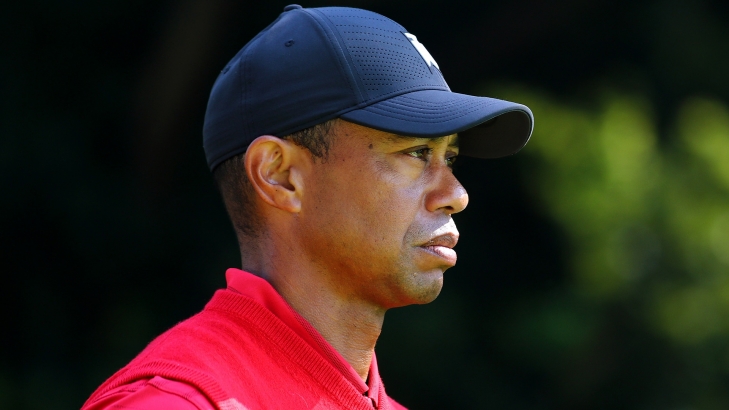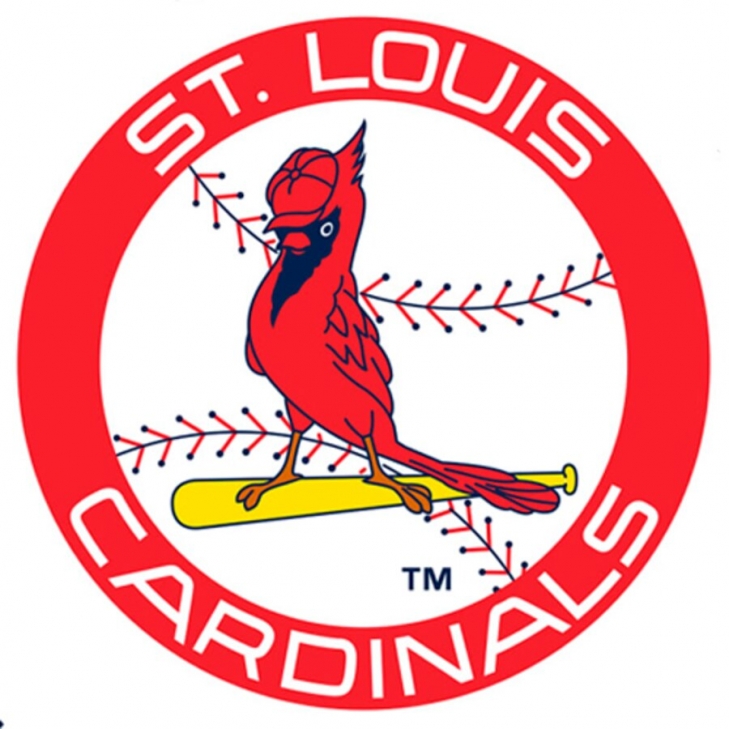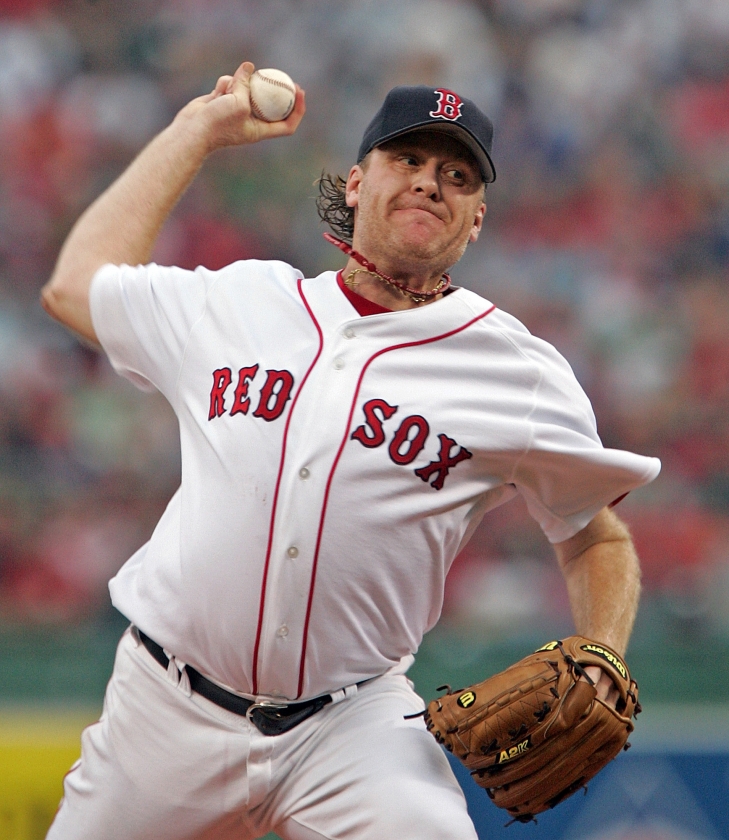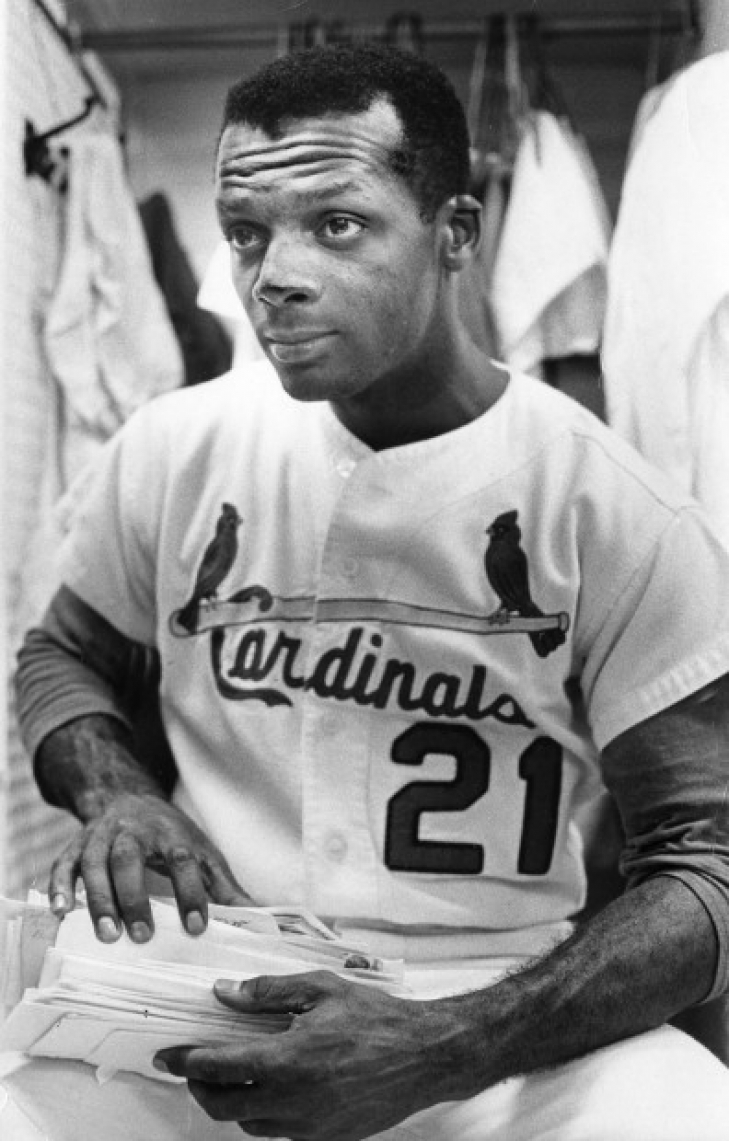
Committee Chairman
The World Golf Hall of Fame announces their Finalists
We are only in March of 2020, but the World Golf Hall of Fame has announced the Finalists for the 2021 Class.
Earlier this week, the nomination committee have put forth ten Finalists. Four are in the male category, four in the female category and two in the contributor category.
The Male Finalists are:
Johnny Farrell: Farrell won 28 PGA Tour Titles, including the 1928 U.S. Open.
Padraig Harrington: The Irishman won six PGA Tour Titles, 15 European Tour Titles and was the 2008 PGA Tour Player of the Year.
Tom Weiskopf: Weiskopf won 16 PGA Tour Titles, which included the 1973 Open Championship.
Tiger Woods: Woods won a whopping 92 PGA Tour Titles, including 15 Majors.
The Female Finalists are:
Beverly Hanson: Hanson won the U.S. Women’s Amateur Title in 1950, and would later win 17 LPGA Titles and three Majors.
Susie Maxwell Berning: Berning won 11 LPGA Titles with four Majors.
Sandra Palmer: Palmer was the 1975 LPGA Player of the Year, and would win two Majors and 19 LPGA Titles.
Dottie Pepper: Pepper captured 17 LPGA Titles, with two of them being Majors.
The Contributors are:
Tim Finchem: Finchem was the PGA Tour Commissioner from 1993 to 2016.
Marion Hollis: Hollis won the 1921 U.S. Amateur Tournament and was one of the early golf course arhitects.
The conspiracy theory in us, has to wonder aloud if the recent change to from 50 to 45 years old, is to fast track Woods into the Hall. If that is the case, that would indicate a need to generate immediate income for the institution (see Basketball Hall of Fame, Naismith).
Regardless, we here at Notinhalloffame.com will be watching!
The St. Louis Cardinals HOF announce their 2020 Finalists
One of our favorite franchise Hall of Fames is that of the St. Louis Cardinals, which was only established in 2014, but has quickly earned a place as a must-see for baseball fans. For the Class of 2020, the fan vote is now available, where the top two vote getters of seven former Cardinals will become part of the organization’s Hall of Fame.
Steve Carlton 1965-71. Carlton would play the first seven seasons of his career with St. Louis, and he was a three-time All-Star while playing there. Carlton helped St. Louis win the 1967 World Series, and he was a 20 Game winner in his final year as a Cardinal. With St. Louis, he had a record of 77-62 with 951 Strikeouts and a 3.10 ERA. Carlton would be elected into the Baseball Hall of Fame in 1994.
Keith Hernandez 1974-83. Playing at First Base, Hernandez was one of the better defensive players at that position of all-time. A Cardinal for the first decade of his career, Hernandez went to two All-Star Games and won six Gold Gloves as a Cardinal. A key member of the 1982 World Series Championship team, Hernandez was the co-winner of the 1979 MVP. With the Cards, the First Baseman had 1,217 Hits with a Batting Average of .299.
Tom Herr 1979-88. Herr was an All-Star in 1985, and he was part of the 1982 World Series Championship Team. He would have 1,021 Hits for the team with a .274 Batting Average.
Matt Morris 1997-05. A St. Louis Cardinal for eight years, Morris was second in Rookie of the Year voting in 1997. He was sidelined in 1999 due to Tommy John Surgery, but he rebounded well, leading the National League in Wins (22), going to the All-Star Game, and finished third in Cy Young voting. Morris was an All-Star again in 2002, and he would have a record of 101-62 overall with 986 Strikeouts in St. Louis.
Edgar Renteria 1999-04. Renteria was a Cardinal for six years, and he was an All-Star for three of them. The Columbian Shortstop had at least 10 Home Runs in each of his seasons, and had 71 overall for the Redbirds. Renteria also stole 148 bases, and won two Silver Sluggers and two Gold Gloves. He had 93 Hits with a .290 Batting Average in St. Louis.
Lee Smith 1990-93. Three times an All-Star with the Cardinals, Smith led the National League in Saves in both 1991 and 1992, and was in the top four in Cy Young voting in both seasons. He would have 160 Saves for the team. Smith would enter the Baseball Hall of Fame in 2018.
John Tudor 1985-88 & 1990. In Tudor’s first year in St. Louis he went 21-8 and led the league in Shutouts (10) and finished second in Cy Young voting. He would have a sparkling record of 62-26 for the Cardinals with a 2.52 ERA and a WHIP of 1.080.
The vote will be open until April 17, with the results televised on FOX Sports Midwest on May 8.
We know we will be voting, and we would like to congratulate the seven Finalists.
Who will go into the Baseball Hall of Fame in 2021?
Spring is in the air, and that means baseball is back! For our purposes at Notinhalloffame.com, that means we are looking ahead to the Baseball Hall of Fame Class of 2021, which for the first time in years does not have any first ballot nominees who look like they will make it to ballot number two.
We say this with all due respect to Mark Buehrle, Tim Hudson, and Torii Hunter, who are the three biggest names who will debut in 2021. All three were fine baseball players, but it will take an awful lot of surprise votes for any of the three to make the 5% threshold. Throw that fact, and that 22 former players have been elected by the voters over the last seven years, has reduced the backlog that has plagued the ballot for years is now over. This makes the 2021 vote the most opportune one in years for players to gain significant ground and make that Cooperstown run. There are three huge beneficiaries in Curt Schilling, Barry Bonds and Roger Clemens, all of whom exceed 60% last year, and are all in their penultimate year of Hall of Fame eligibility. According to Paruk from SportsBettingDime, it would not be a surprise if the controversial trio enter together in 2021.
Of the three, Schilling has the best chance. The hurler had 70.0 percent, up from last year’s 60.9. The outspoken right-wing thinker has often been critical of the media, and there have been voters who have openly said in the past that it cost him their vote. In the last year, Schilling has been contrite, and if he can do that for another year, the Hall of Fame plaque should come his way.
The cases for Clemens and Bonds are less clear. While a few years ago, the idea of either player enshrined seemed ridiculous, both have inched their way over the 60% threshold. In the past few years, Jeff Bagwell, Mike Piazza and Ivan Rodriguez were voted in, and all three of them had PED whispers over their career. Granted, it was outright kicking and screaming with Clemens and Bonds over their alleged PED use, but the induction of Bagwell, Piazza and I-Rod opened the door. Voters have also voiced their opinion of Bud Selig being voted in by the Veteran’s Committee, as justification to vote for Clemens and Bonds, as it was under Selig where the PED crisis began, and was handled slowly.
A fourth possibility for induction is Omar Vizquel. Considered to be the best defensive infielder of his generation, Vizquel went up nearly 10 percent to 53.6% on his third year of eligibility. The 11-time Gold Glove recipient could potentially shoot up the necessary 21.4% in 2021, but the odds are that his induction speech might have to wait a little longer.
Also look for a strong increase for Scott Rolen (35.3% in 2020) and Todd Helton (29.2% in 2020), though neither receive the necessary votes to enter the Hall in 2021.
Regardless of the outcome, we will be watching!
Members of Congress pushing for Curt Flood to be a HOFer
While politics and sports don’t often mix, it does occur, especially when the topic of Halls of Fame come up.
102 members of the U.S. Congress have sent a letter to the Baseball Hall of Fame, extolling the candidacy of Curt Flood, who could be nominated by the Veteran’s “Golden Days” Committee this December.
As a player, Flood was a three-time All-Star, seven-time Gold Glove recipient, and he would help the St. Louis Cardinals win two World Series Championships. What made Flood more recognized is that in 1969 he challenged the reserve clause in Major League Baseball.
Flood had asked the Cardinals for a pay raise, which was denied. At that time, players were completely under the control of their respective team, and Flood was traded to the Philadelphia Phillies. Flood refused to report.
With the backing of the Player’s Union, the case went to the Supreme Court, which Flood would lose 5-3. Although Flood retired, the cause continued, and it was the catalyst that resulted in Free Agency becoming a part of the Majors in December of 1975.
Flood’s areer was short because of his principles, although it was not like he did not receive prior consideration for the Hall of Fame. He was on the ballot for fifteen years, and peaked at 15.1% in 1996, his final year on the ballot.
What this means for Flood’s Cooperstown chances are anyone’s guess, but as always, we will be paying attention!





